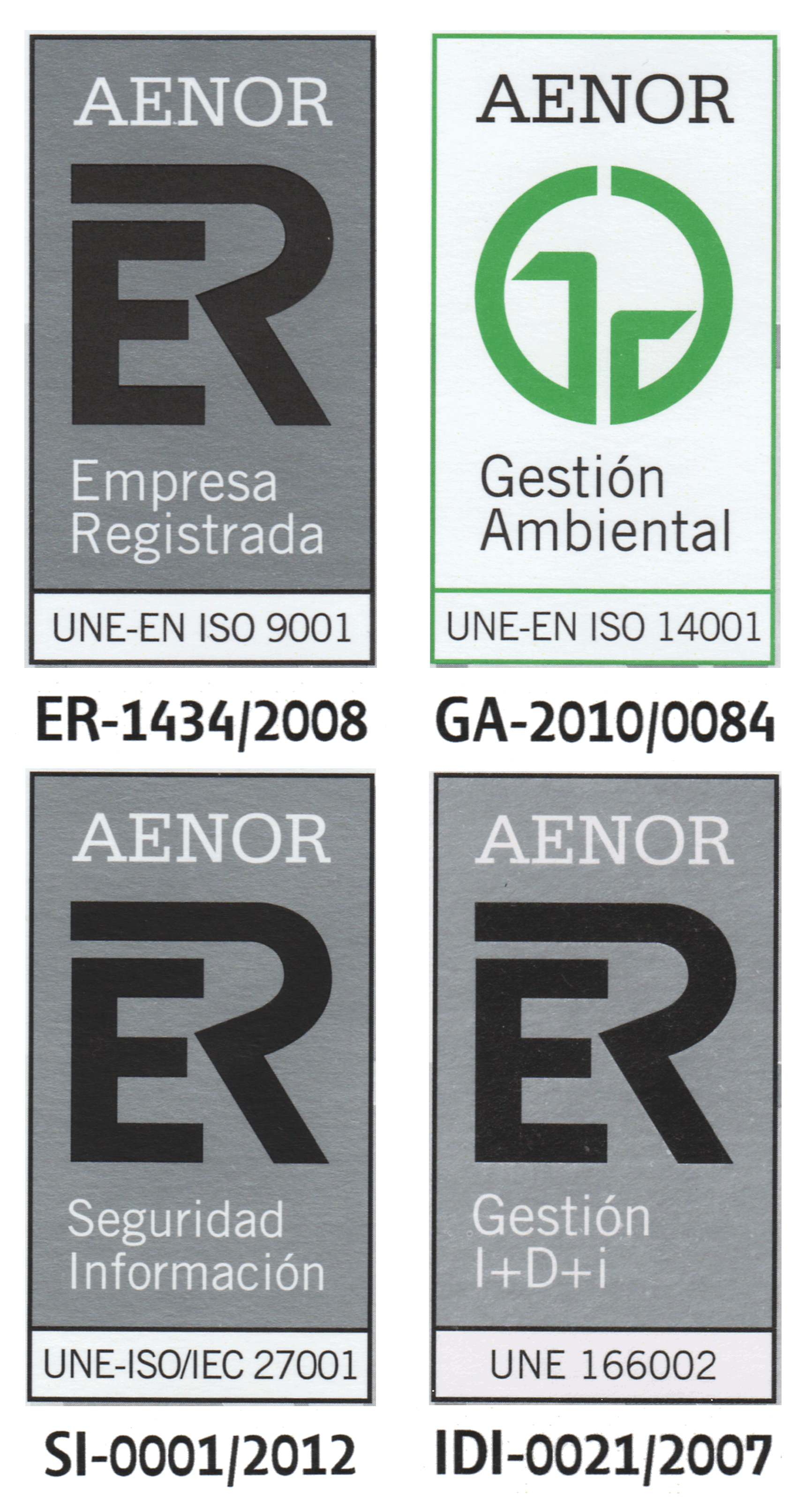Characterizations of context-sensitive languages and other language classes in terms of Symport/Antiport P systems
| Title | Characterizations of context-sensitive languages and other language classes in terms of Symport/Antiport P systems |
| Publication Type | Journal Papers |
| Year of Publication | 2006 |
| Authors | Ibarra, O., & Paun G. |
| Journal Title | Theoretical Computer Science |
| Publisher | Elsevier |
| Place Published | Amsterdam (The Netherlands) |
| Volume | 358 |
| Pages | 88-103 |
| Date Published | 07/2006 |
| Abstract | We give "syntactic" characterizations of context-sensitive languages (CSLs) in terms of some restricted models of symport/antiport P systems. These are the first such characterizations of CSLs in terms of P systems. In particular, we show the following for any language L over a binary alphabet: (1) Let m be any integer ≥ 1. Then L is a CSL if and only if it can be accepted by a restricted symport/antiport P system with m membranes and multiple number of symbols (objects). Moreover, holding the number of membranes at m, there is an infinite hierarchy in computational power (within the class of binary CSLs) with respect to the number of symbols. (2) Let s be any integer ≥ 14. Then L is a CSL if and only if it can be accepted by a restricted symport/antiport P system with s symbols and multiple number of membranes. Moreover, holding the number of symbols at s, there is an infinite hierarchy in computational power with respect to the number of membranes. (Similar results hold for languages over an alphabet of k ≥ 2 symbols.) Thus (1) and (2) say that in order for the restricted symport/antiport P systems to accept all binary CSLs, at least one parameter (either the number of symbols or the number of membranes) must grow. These are the first results of their kind in the P systems area. They contrast a known result that (unrestricted) symport/antiport P systems with s ≥ 2 symbols and m ≥ 1 membranes accept (or generate) exactly the recursively enumerable sets of numbers even for s + m = 6. We also note that previous characterizations of formal languages in the membrane computing literature are mostly for the Parikh images of languages.Variations of our model yield characterizations of regular languages, languages accepted by one-way log n space-bounded Turing machines, and recursively enumerable languages. |
| URL | http://portal.acm.org/citation.cfm?id=1163732 |
| Issue | 1 |
| ISSN Number | 0304-3975 |



